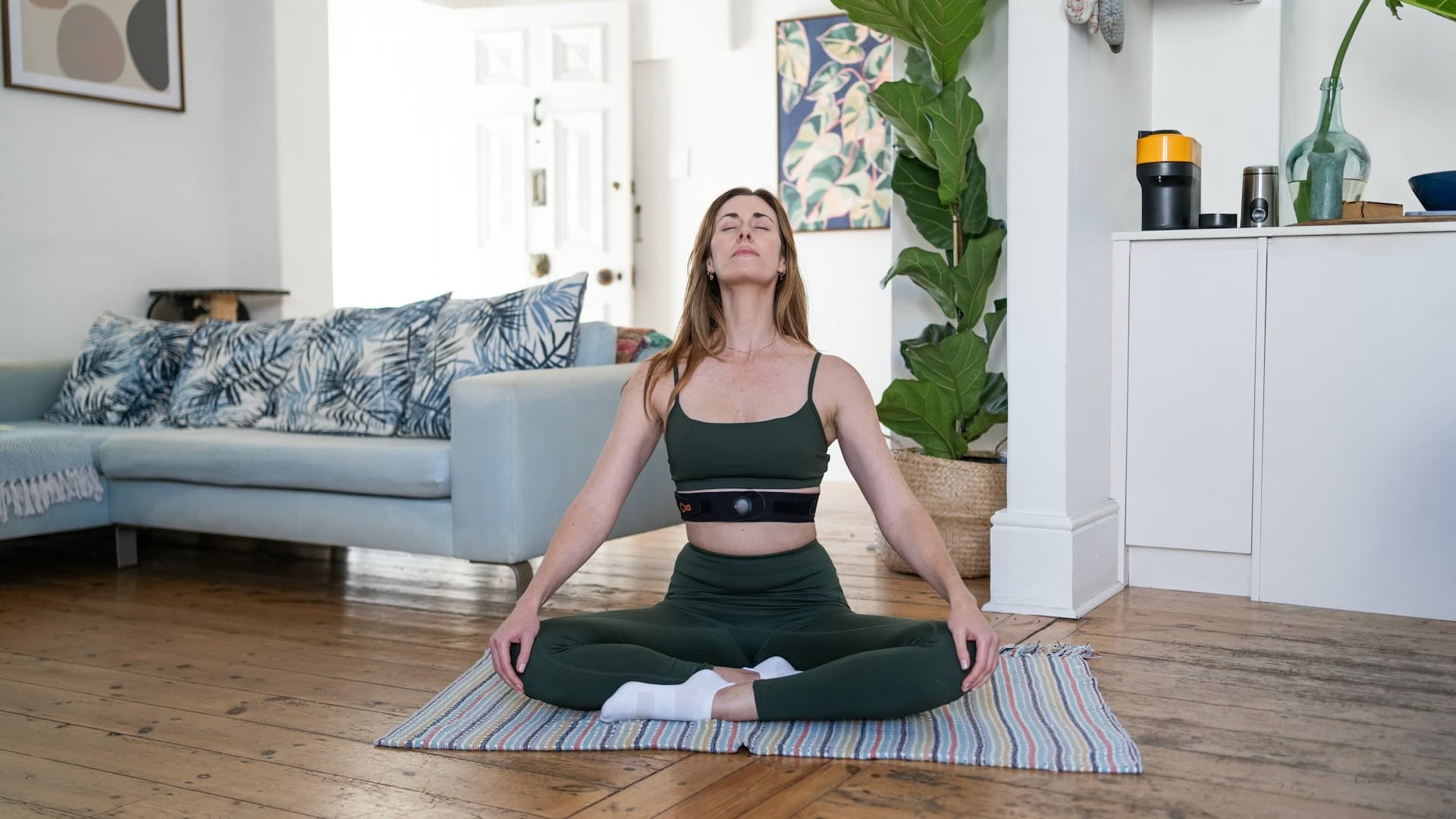
Breath-work
Breathwork is the practice of consciously controlling breathing patterns to enhance mental, emotional, and physical well-being. [35] Rooted in ancient traditions like yoga, these techniques are now increasingly validated by scientific research for their therapeutic effects. [9] By intentionally altering the rate and depth of breathing, individuals can directly influence their physiological and psychological states, making it a powerful, non-pharmacological tool for applications ranging from stress reduction to improving cardiovascular health. [15]
The primary mechanism of breathwork is its ability to modulate the autonomic nervous system (ANS), which regulates involuntary bodily functions. [30] The ANS is divided into the sympathetic ("fight-or-flight") and parasympathetic ("rest-and-digest") systems. [30] While stress often leads to shallow, rapid breathing that activates the sympathetic system, conscious, slow breathing stimulates the parasympathetic system, promoting a state of calm. [6][1]
This shift has several key physiological effects:
- Nervous System Regulation: Slow breathing stimulates the vagus nerve, a primary component of the parasympathetic system, which helps lower heart rate and blood pressure. [21][1]This leads to an increase in Heart Rate Variability (HRV), a key marker of the body's resilience to stress and overall cardiovascular health. [9] A meta-analysis of 223 studies confirmed that voluntary slow breathing increases vagally-mediated HRV. [13]
- Hormonal Balance: Regulated breathing can significantly decrease levels of cortisol, the body's primary stress hormone. [9]
- Immune Response: Certain techniques, like the Wim Hof Method, have been shown to trigger a significant increase in epinephrine (adrenaline), which in turn stimulates an anti-inflammatory response. [14][18]A 2024 systematic review concluded this method may reduce inflammation in the body. [1]
A growing body of evidence, including meta-analyses of randomized controlled trials, supports a wide range of benefits. Breathwork has been shown to significantly lower self-reported symptoms of stress, anxiety, and depression. [9][12]It can also improve mood, enhance focus, and boost cognitive performance under stress. [15][9]Physically, it can lower blood pressure, strengthen respiratory function, and improve sleep quality. [30][6]However, the impact varies by technique. Slow-paced breathing has demonstrated the most consistent and noteworthy benefits for stress reduction, while fast-paced interventions have shown only mild benefits in this area. [2]
A typical, effective, and low-risk breathwork protocol is Cyclic Sighing, which research from Stanford University has shown can rapidly reduce stress and improve mood, even more so than mindfulness meditation in some studies. [29][15]
-
Implementation:
- Find a comfortable position, either sitting or lying down.
- Inhale twice in a row through your nose without exhaling in between. The first inhale should be deep, and the second should be a shorter, "topping off" breath to fully inflate the lungs.
- Exhale slowly and fully through your mouth for as long as possible. [21]
- Repeat this cycle for up to five minutes. Studies suggest that interventions lasting at least five minutes are often effective. [25][19]
-
Common Pitfalls:
- Inconsistency: Lasting change comes from regular practice; single sessions provide temporary relief but are not a long-term solution. [33]
- Unsafe Environment: Intense techniques that can cause lightheadedness, such as the Wim Hof Method, should never be practiced in or near water due to the risk of fainting and drowning. [18]
- Improper Technique: Incorrect or excessive practice, particularly with more forceful yogic techniques (pranayama), can lead to side effects like anxiety, headache, and dizziness. [8]
Pros
Improves Cardiovascular Health: Slow-paced breathing has been shown in a meta-analysis to have immediate effects in reducing systolic blood pressure and heart rate, while increasing HRV. [23]
Cons
Inconsistent Evidence and Placebo Effect: While many studies are positive, some are limited by small sample sizes and methodological bias. [12] Furthermore, a large, well-controlled 2024 trial on coherent breathing found it offered no significant psychological benefits beyond a placebo effect. [10][5]
Physiological Risks: Intense techniques involving hyperventilation can rapidly decrease blood CO2 levels, which can narrow blood vessels in the brain and reduce cerebral blood flow. [20][34]This can lead to side effects like dizziness, lightheadedness, tingling, muscle spasms, and heart palpitations. [6]
Contraindications: Intense breathwork is not safe for everyone and should be avoided by individuals with a history of cardiovascular disease (heart attack, stroke, uncontrolled high blood pressure), aneurysms, epilepsy, glaucoma, detached retina, or severe psychiatric conditions like schizophrenia or bipolar disorder. [26][22][3]
Do I need a professional facilitator?
It depends on your goals. For managing daily stress with simple techniques, self-guided practice using apps or free resources is highly effective and cost-efficient. [2] For intense, therapeutic techniques like Holotropic Breathwork, which are designed to induce altered states for deep emotional release, practicing with a trained facilitator is essential for safety and integration. [32]
Is breathwork completely safe?
No. While gentle techniques are safe for most, intense practices carry risks. Hyperventilation can cause dizziness, tingling, and fainting. [6] These practices are contraindicated for individuals with certain cardiovascular, neurological, and psychiatric conditions. It is crucial to consult a healthcare professional before starting, especially if you have a pre-existing condition. [6][4]
Is breathwork just a form of deep breathing?
No. While deep breathing is a foundational component, "breathwork" refers to a wide spectrum of techniques, from slow, calming patterns like Box Breathing to rapid, energizing methods like the Wim Hof Method, each with distinct physiological goals. [9]
Is breathwork more effective than mindfulness or yoga for stress?
The evidence is nuanced. A 2023 Stanford study found that just five minutes of daily breathwork (specifically cyclic sighing) was more effective at improving positive mood than mindfulness meditation. [19][24]However, other studies show that yoga, mindfulness, and breathwork can all be equally effective in reducing stress. [27] The best choice often depends on individual preference.
Is the main goal of breathwork to maximize oxygen intake?
Not primarily. While healthy individuals already have high blood oxygen saturation, the key benefits of breathwork often come from its influence on the nervous system and the balance of carbon dioxide (CO2) in the body. [9] Slow, controlled breathing sends direct calming signals to emotional regulation circuits in the brain. [28]